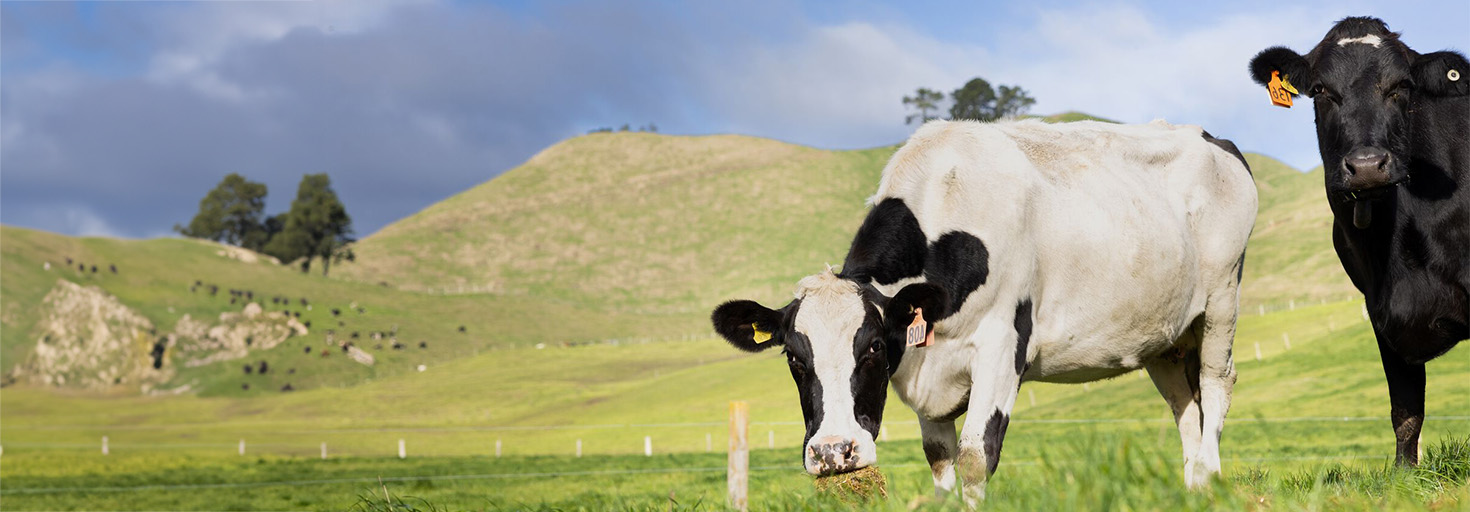In New Zealand, farmed animals are the main source of greenhouse gases. For example, farmed animals generate about 90 per cent of the total methane produced from natural sources in the Waikato region.
Livestock and greenhouse gases
Globally, the main source of greenhouse gas emissions comes from the burning of fossil fuels, such as oil. But in the Waikato region the main source comes from agriculture (consistent with the findings for New Zealand).
The main greenhouse gases are carbon dioxide (CO2), methane (CH4), nitrous oxide (N2O), and chlorofluorocarbons (CFCs).
Livestock farming produces:
- methane – produced when animals digest their food
- nitrous oxide – produced when animal urine reacts with soil.
The agricultural sector contributed to 67% of the regional gross greenhouse gas emissions for Waikato (based on tonnes of CO2 equivalents) over the period July 2021 to June 2022. The remaining 33% of regional gross greenhouse gas emissions came from sources such as transport, stationary energy, waste and industry processes.
Specific information on regional greenhouse gas emissions from various sectors, including the agricultural sector, can be found in the Waikato regional greenhouse gas inventory.
Methane
Sources of methane include:
- emissions of natural gas (e.g. pipeline loss)
- decomposing waste in landfills
- emissions from livestock (enteric fermentation and manure management)
- wastewater treatment
- biofuel and biodiesel
- coal mining.
The agricultural sector generated 89% of biogenic* methane emissions in the Waikato region over the period July 2021 to June 2022.
*methane produced and released from living organisms like plants and animals.
Methane and livestock
Methane is produced by ruminants, such as cattle, sheep, goats and deer. Ruminants rely on bacteria present in their rumen (first stomach) to digest their highly fibrous diet. Methane is a by-product of this kind of digestion.
Of the farmed ruminants, cattle generate the highest emissions of methane (CH4). Wild animals such as possums are likely to emit only a fraction of the total farmed animal emissions.
Peat soils and carbon dioxide
The Waikato region contains about 50 per cent of New Zealand’s peatlands. Waikato peatlands cover approximately 94,000 ha and contain about 2,700 million cubic metres of peat.
Peat forms from the build up of partially rotted plant material in wet environments. This partly rotted material contains a large amount of carbon. It’s been estimated that Waikato peatlands contain about 76 million tonnes of carbon.
When peat is drained for development or to create pasture, the carbon in peat becomes exposed to air. The carbon is then able to bind with oxygen (O2) in the air to form carbon dioxide gas (CO2) (oxidation). It is estimated that developed peatland releases about 1.4 million tonnes of carbon dioxide each year (in comparison, transportation produces around 2 million tonnes annually).

